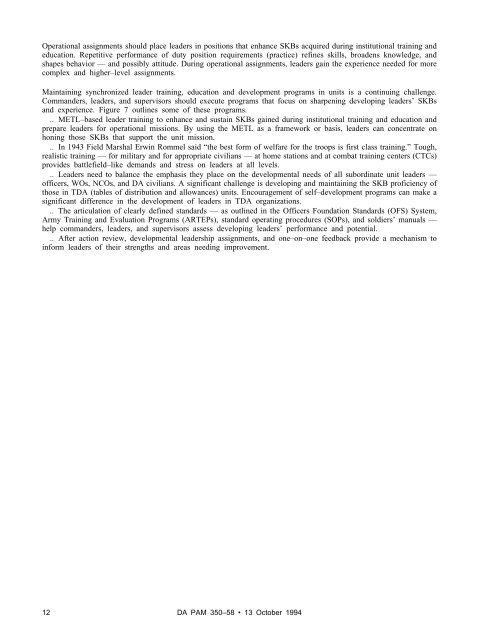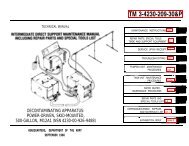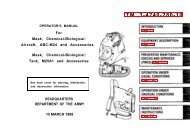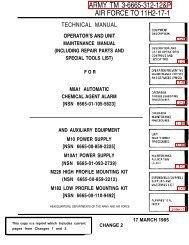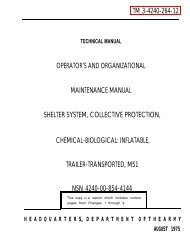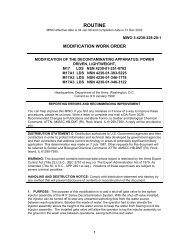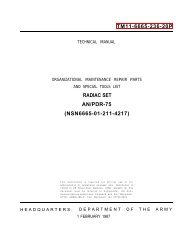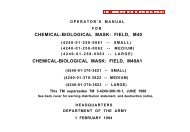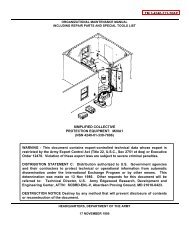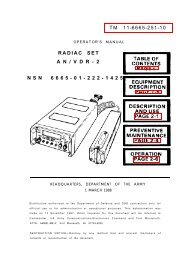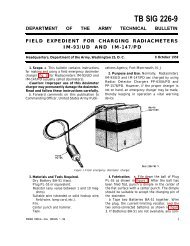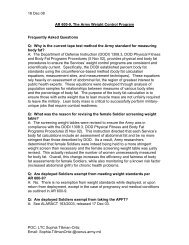LEADER DEVELOPMENT FOR AMERICA'S ARMY
LEADER DEVELOPMENT FOR AMERICA'S ARMY
LEADER DEVELOPMENT FOR AMERICA'S ARMY
You also want an ePaper? Increase the reach of your titles
YUMPU automatically turns print PDFs into web optimized ePapers that Google loves.
Operational assignments should place leaders in positions that enhance SKBs acquired during institutional training and<br />
education. Repetitive performance of duty position requirements (practice) refines skills, broadens knowledge, and<br />
shapes behavior — and possibly attitude. During operational assignments, leaders gain the experience needed for more<br />
complex and higher–level assignments.<br />
Maintaining synchronized leader training, education and development programs in units is a continuing challenge.<br />
Commanders, leaders, and supervisors should execute programs that focus on sharpening developing leaders’ SKBs<br />
and experience. Figure 7 outlines some of these programs.<br />
.. METL–based leader training to enhance and sustain SKBs gained during institutional training and education and<br />
prepare leaders for operational missions. By using the METL as a framework or basis, leaders can concentrate on<br />
honing those SKBs that support the unit mission.<br />
.. In 1943 Field Marshal Erwin Rommel said “the best form of welfare for the troops is first class training.” Tough,<br />
realistic training — for military and for appropriate civilians — at home stations and at combat training centers (CTCs)<br />
provides battlefield–like demands and stress on leaders at all levels.<br />
.. Leaders need to balance the emphasis they place on the developmental needs of all subordinate unit leaders —<br />
officers, WOs, NCOs, and DA civilians. A significant challenge is developing and maintaining the SKB proficiency of<br />
those in TDA (tables of distribution and allowances) units. Encouragement of self–development programs can make a<br />
significant difference in the development of leaders in TDA organizations.<br />
.. The articulation of clearly defined standards — as outlined in the Officers Foundation Standards (OFS) System,<br />
Army Training and Evaluation Programs (ARTEPs), standard operating procedures (SOPs), and soldiers’ manuals —<br />
help commanders, leaders, and supervisors assess developing leaders’ performance and potential.<br />
.. After action review, developmental leadership assignments, and one–on–one feedback provide a mechanism to<br />
inform leaders of their strengths and areas needing improvement.<br />
12 DA PAM 350–58 • 13 October 1994


